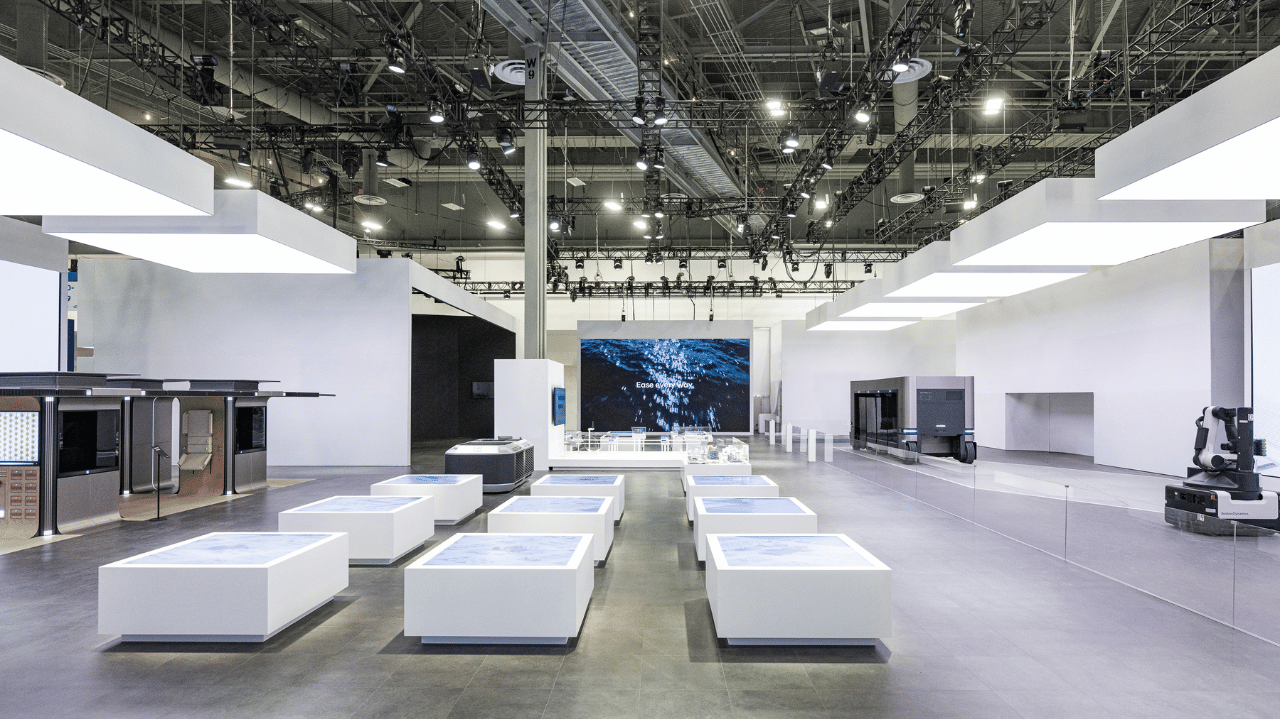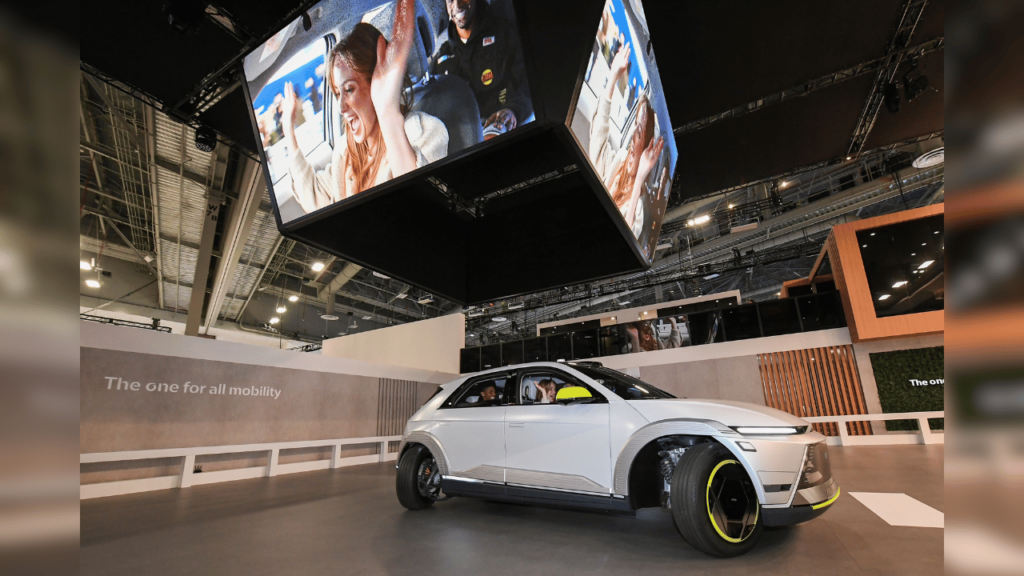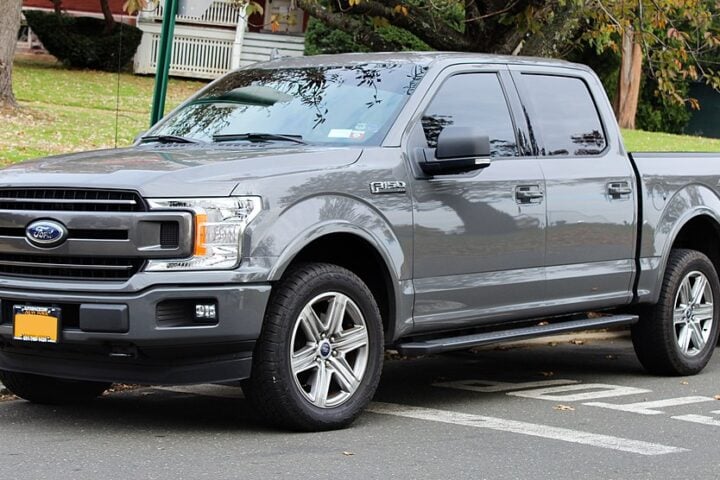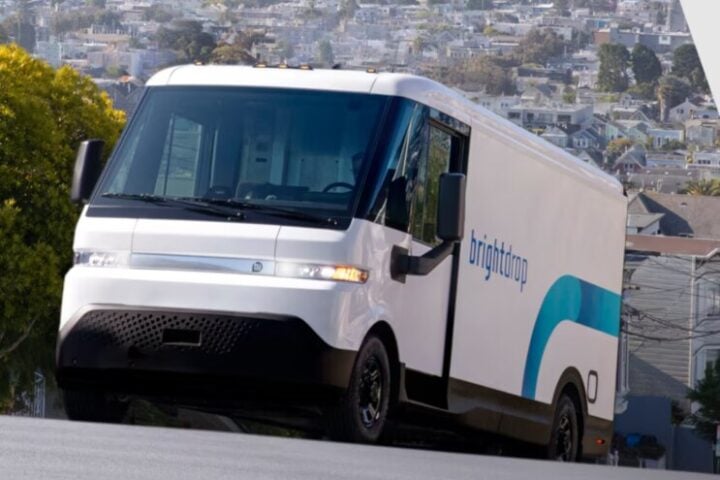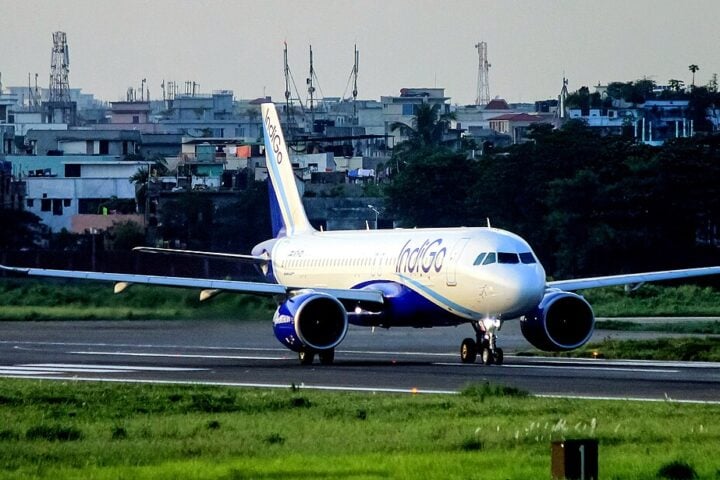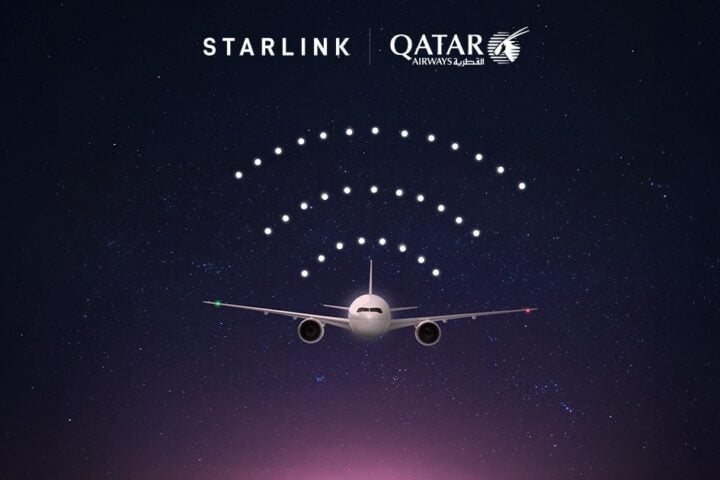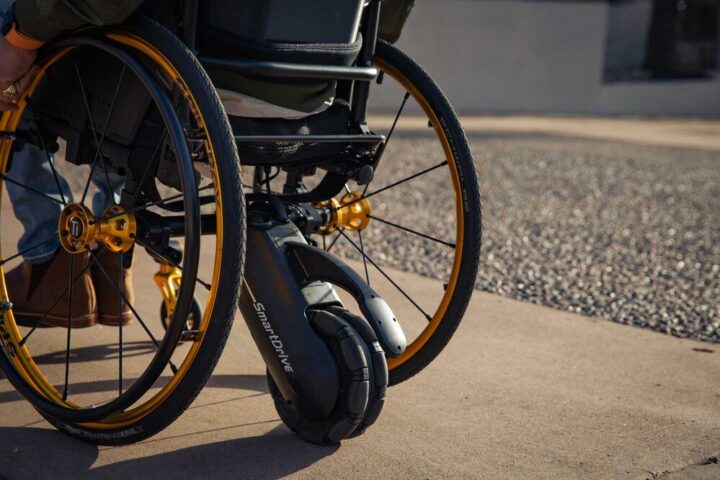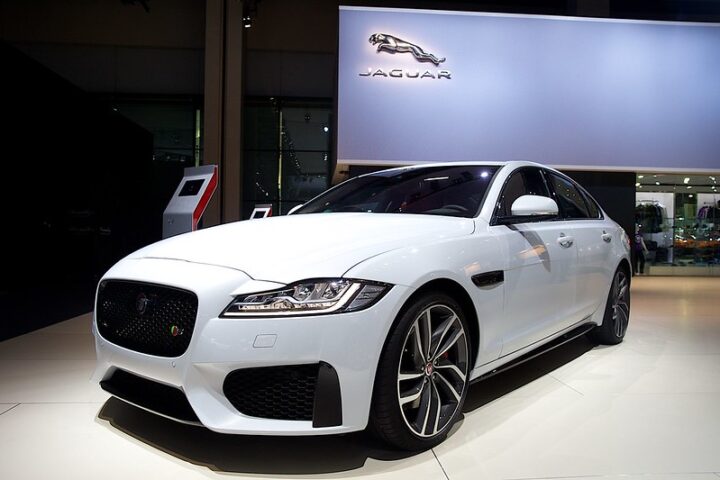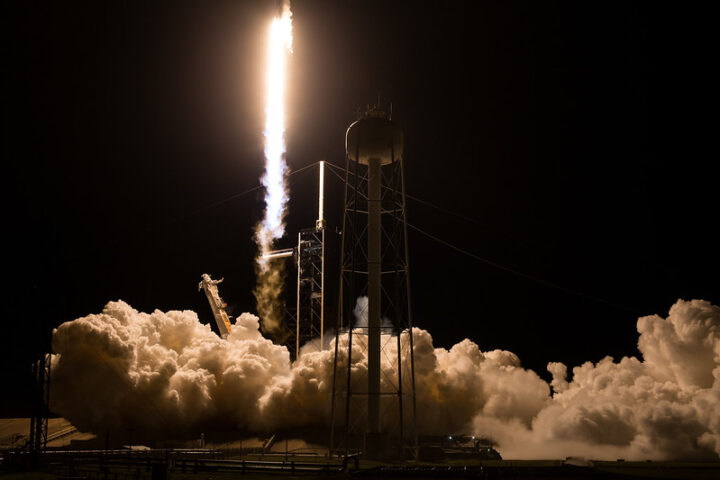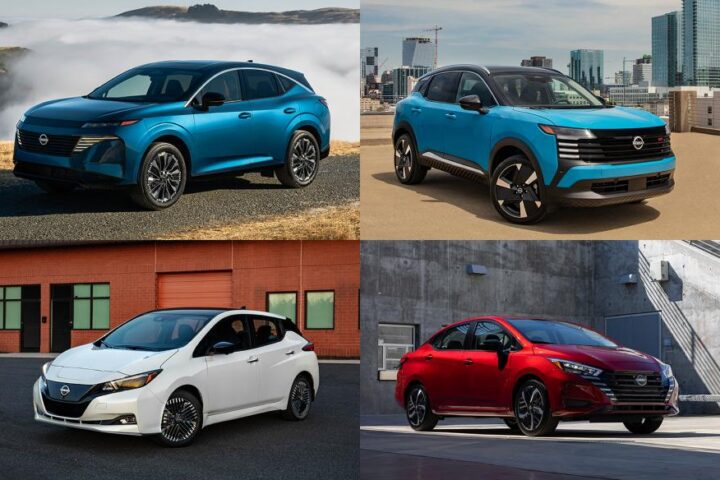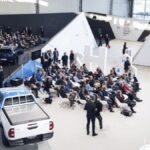Hyundai Motor Company presented a broad future vision at CES 2024 in Las Vegas, emphasizing software-driven mobility solutions and hydrogen energy. This exhibition was considered a turning point for Hyundai in declaring its position outside traditional mobility, as it was much larger than its 2022 version.
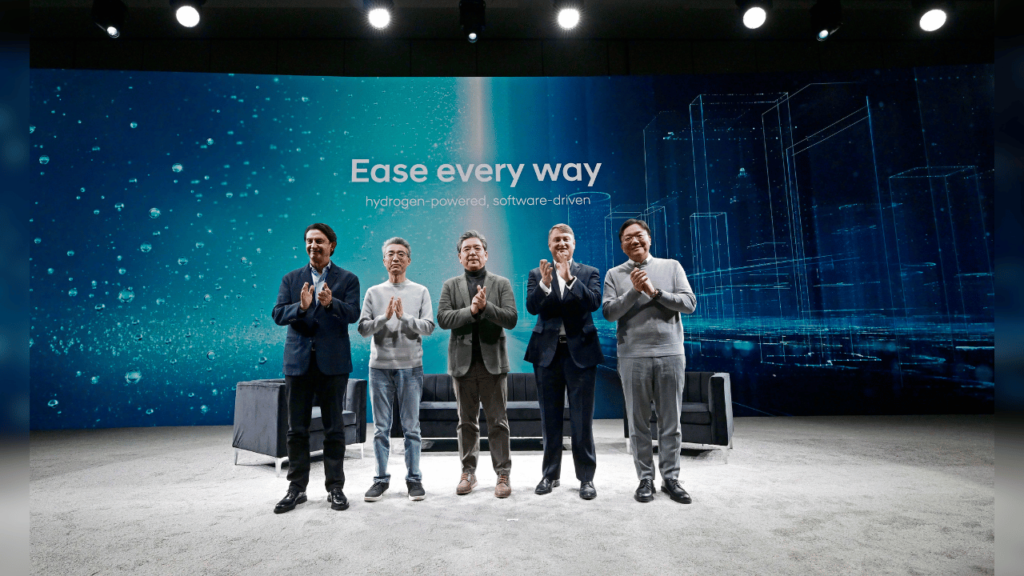
Hyundai’s advancement in hydrogen energy has been fueled by a dedication to becoming carbon neutral by 2045. It was noted that HTWO’s evolution from a fuel cell system brand to a full hydrogen value chain enterprise was evidence of the company’s commitment to sustainable energy. This innovative endeavor offers a comprehensive method of utilizing hydrogen energy by integrating the production, storage, transportation, and use phases of the hydrogen value chain.
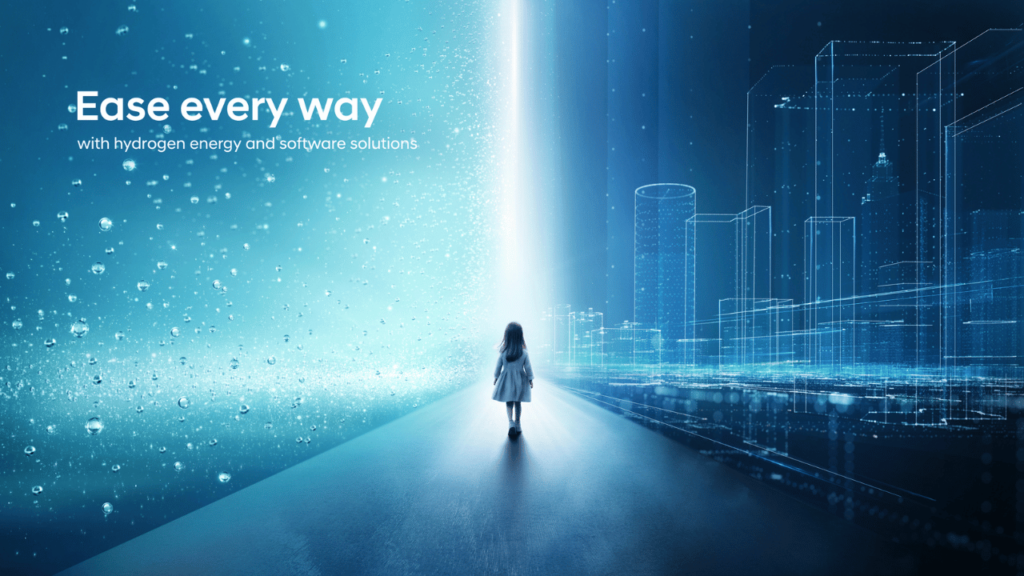
A key component of this project is the HTWO Grid solution, which aims to hasten the shift to a hydrogen society. Hyundai uses its broad network across many industries, such as robotics, construction, and automobiles, to provide customized hydrogen solutions. Hyundai is emphasizing hydrogen in order to position it as a major participant in the sustainable energy landscape. This goes beyond simply lowering carbon emissions. It also involves optimizing the use of renewable energy sources.
Waste-to-Hydrogen (W2H) and Plastic-to-Hydrogen (P2H) are two innovative methods of producing hydrogen. Whereas W2H turns biogas from biological waste into hydrogen, P2H focuses on turning non-recyclable plastics into hydrogen. Hyundai demonstrates its dedication to environmental sustainability and resource circulation through these approaches.
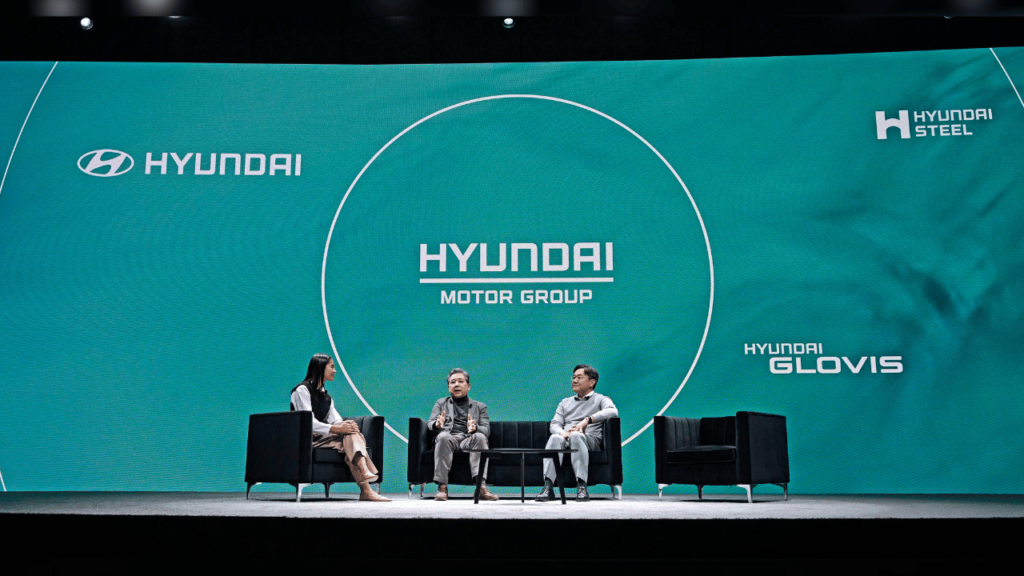
Hyundai unveiled its “Software-defined Everything” (SDx) approach, which uses AI and software to reinvent automobiles, fleets, and transportation networks. This approach includes the creation of Software-Defined Vehicles (SDVs) by incorporating software development techniques into the process of creating new vehicles. Hyundai is focusing on SDVs in order to build a user-centric mobility environment that goes beyond traditional transportation paradigms, not merely to improve vehicle performance.
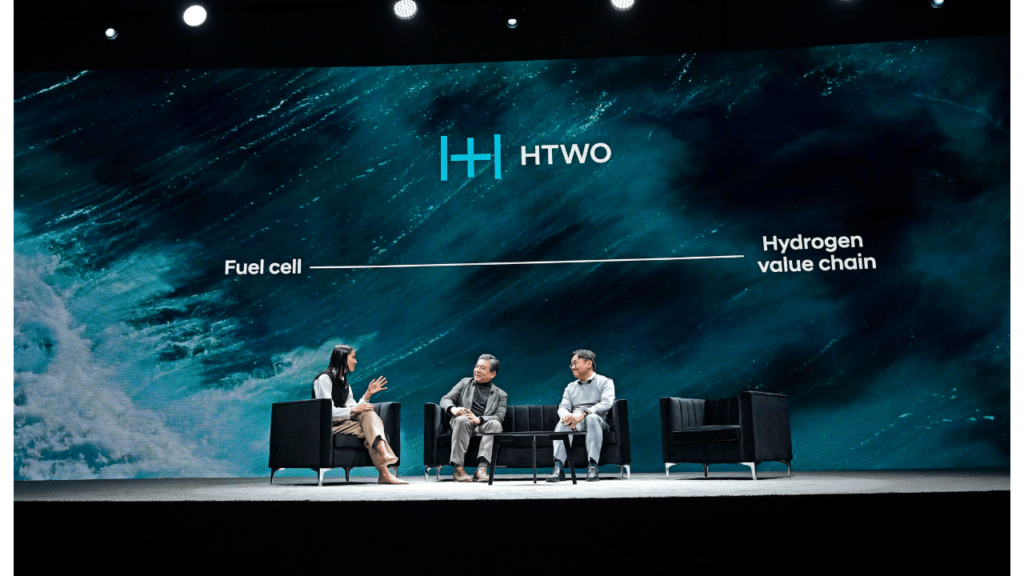
Similar Posts
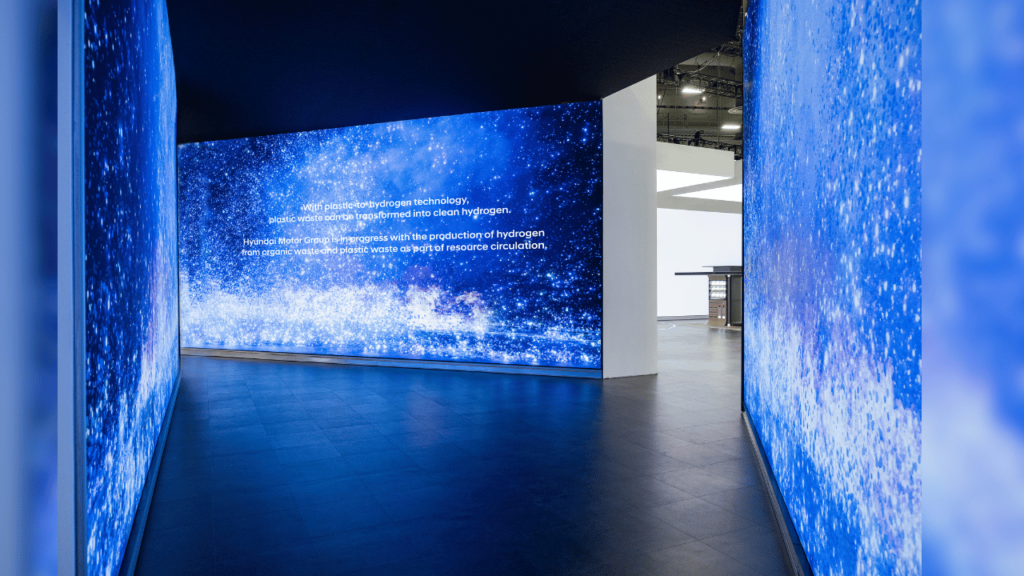
Three proposals for future mobility—DICE, SPACE, and CITY POD—that are all based on a human-centered vision were among those that were presented. For example, SPACE is meant to provide personalized spatial experiences by adjusting mobility areas to suit different demands and lifestyles. This idea signifies a dramatic departure from conventional mobility in favor of a more individualized and user-centered strategy.
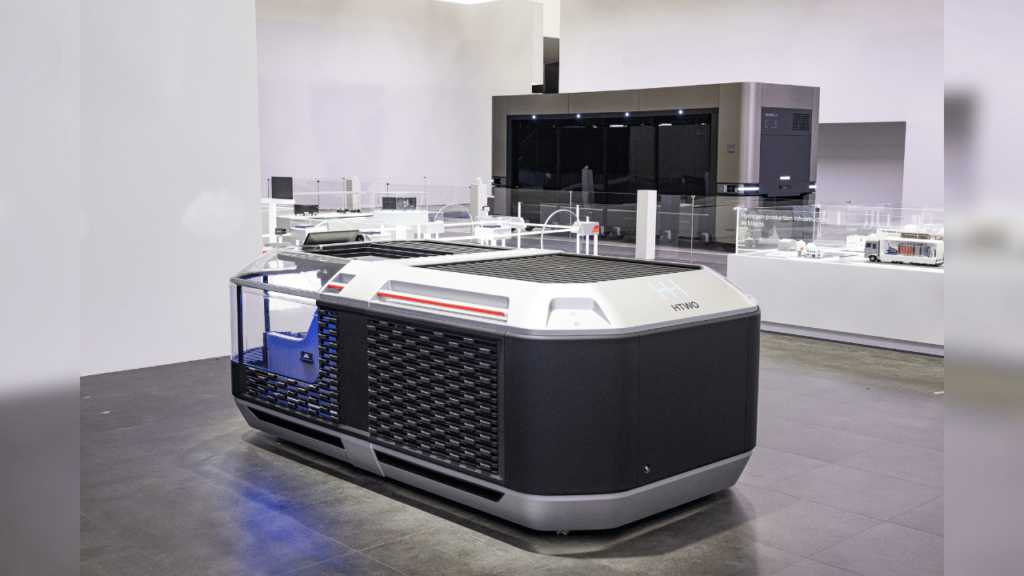
‘Stretch,’ an autonomous logistics robot created by Boston Dynamics, was on show in addition to these mobility concepts. Stretch aims to transform logistical processes, enhancing their effectiveness and security. Its capacity to load and unload cargo containers and trailers on its own demonstrates how robotics has the potential to revolutionize the logistics sector.
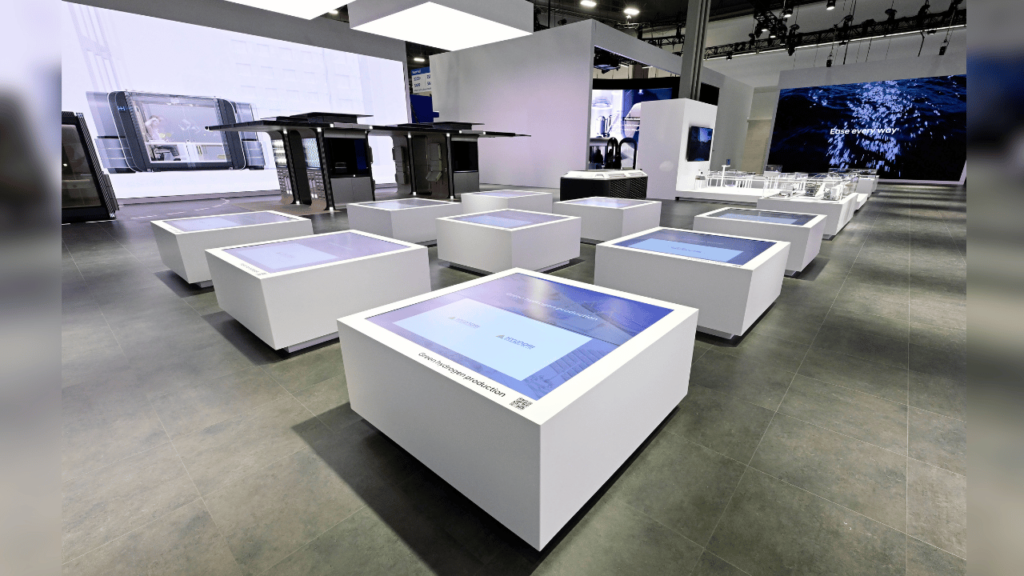
Hyundai made a declaration of purpose during its CES 2024 presentation, which was more than just a showcase of its latest technological innovations. Beyond the automobile industry for now, the company is establishing itself as a pioneer in software-driven solutions and sustainable energy. Throughout the entire show, Hyundai’s vision of a future centered on people, where technology improves people’s quality of life, was clear. This strategy is in line with the company’s basic beliefs, which hold that developments in technology should also be judged in terms of how well they benefit people.
Hyundai is reinventing its place in the automotive industry and making a substantial contribution to the larger story of intelligent and sustainable mobility solutions for the future with these projects.
